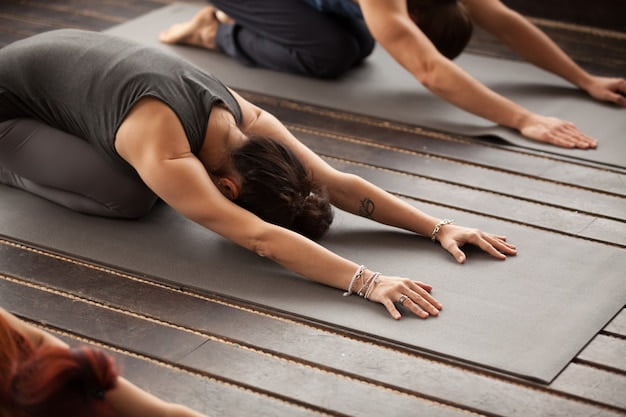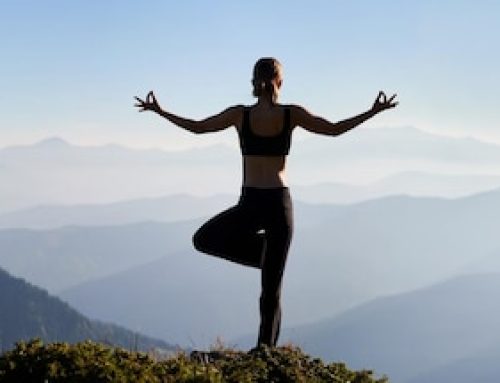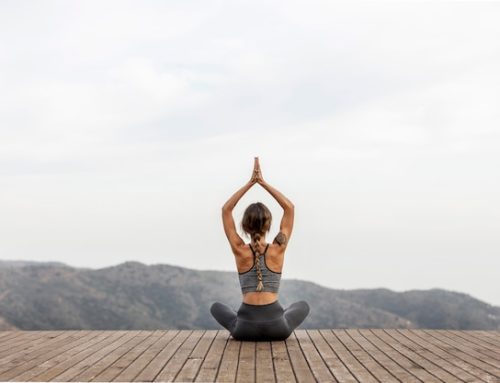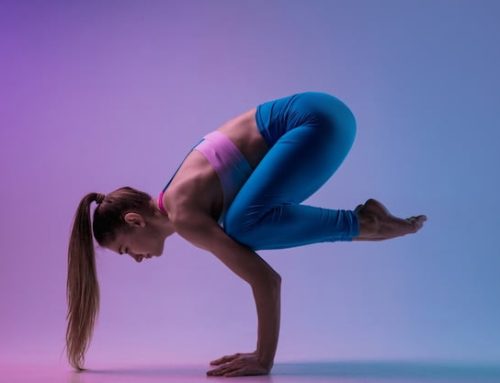Which came first: Yoga or Buddha?
Yoga is an ancient practice that has been around for thousands of years, and it has been practiced in many different cultures throughout history. Many people believe that yoga is a Hindu practice, but it is actually much older than Hinduism itself. In fact, the origins of yoga are shrouded in mystery, and there is no consensus on when or how it began.
The Origins of Yoga
The exact origins of yoga are unknown, but it is believed to have originated in ancient India over 5,000 years ago. The earliest evidence of yoga comes from the Indus Valley Civilization, which flourished in what is now Pakistan and India from 2600 BC to 1900 BC. The people of this civilization practiced a form of yoga that involved meditation, controlled breathing, and physical postures.
Yoga and Hinduism
Yoga has long been associated with Hinduism, and many people believe that it is an integral part of the Hindu religion. While it is true that yoga has been practiced by Hindus for thousands of years, it is not technically a Hindu practice. Yoga is a spiritual practice that can be practiced by anyone, regardless of their religious beliefs.
Buddha and Yoga
Many people believe that yoga was created by Buddha, but this is not true. Buddha was born in Nepal in 563 BC, about 2,000 years after the earliest evidence of yoga. While Buddha did practice meditation and other spiritual practices that are similar to yoga, he did not create or invent yoga.
The Eight Limbs of Yoga
The eight limbs of yoga are a fundamental part of the yoga practice, and they were first described by the Indian sage Patanjali in the Yoga Sutras, a text that was written over 2,000 years ago. The eight limbs include:
- Yama – moral principles
- Niyama – self-discipline and spiritual observances
- Asana – physical postures
- Pranayama – breath control
- Pratyahara – withdrawal of the senses
- Dharana – concentration
- Dhyana – meditation
- Samadhi – a state of blissful awareness
The Benefits of Yoga
There are many benefits to practicing yoga, both physical and mental. Physically, yoga can help improve flexibility, strength, and balance. It can also help reduce stress, anxiety, and depression. Additionally, yoga can help improve sleep, digestion, and overall health.
The Different Types of Yoga
There are many different types of yoga, each with its own specific focus and set of practices. Some of the most popular types of yoga include:
| Type of Yoga | Description |
|---|---|
| Hatha | A gentle, slow-paced style of yoga that emphasizes breathing and physical postures |
| Vinyasa | A dynamic, flowing style of yoga that focuses on movement and breath |
| Ashtanga | A fast-paced, physically demanding style of yoga that follows a set sequence of postures |
| Bikram | A style of yoga that is practiced in a heated room and follows a set sequence of 26 postures |
| Kundalini | A spiritual style of yoga that combines physical postures, breathing techniques, and meditation |
Conclusion
Yoga is an ancient practice that has been around for thousands of years, and it has been practiced in many different cultures throughout history. While it is often associated with Hinduism, it is not technically a Hindu practice. Additionally, Buddha did not create or invent yoga, although he did practice meditation and other spiritual practices that are similar to yoga. Regardless of its origins, yoga has many physical and mental benefits, and there are many different types of yoga that people can practice.






